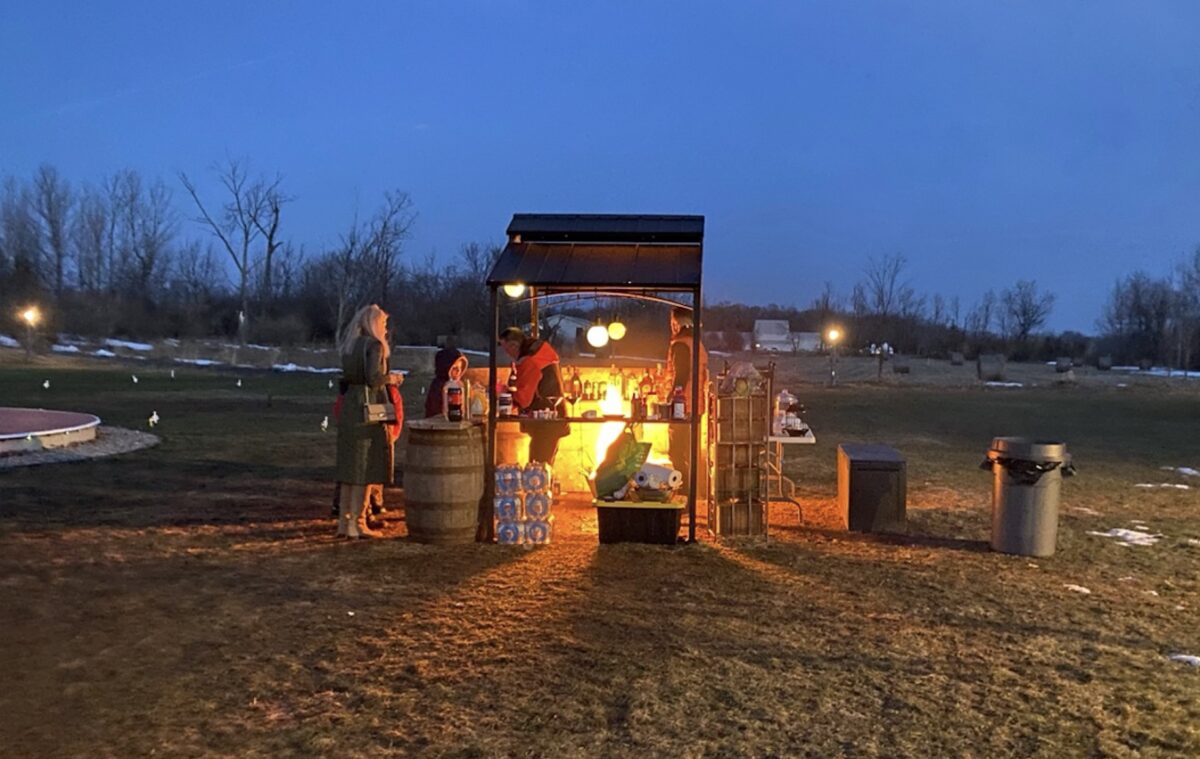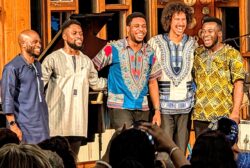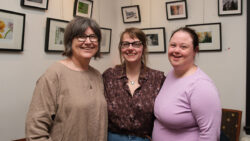Under a crisp, late-March sky in Dunrobin, bonfires lit up the night as dozens of Iranians gathered to celebrate Chaharshanbeh Suri, reviving an ancient Persian tradition with laughter, music and fire.
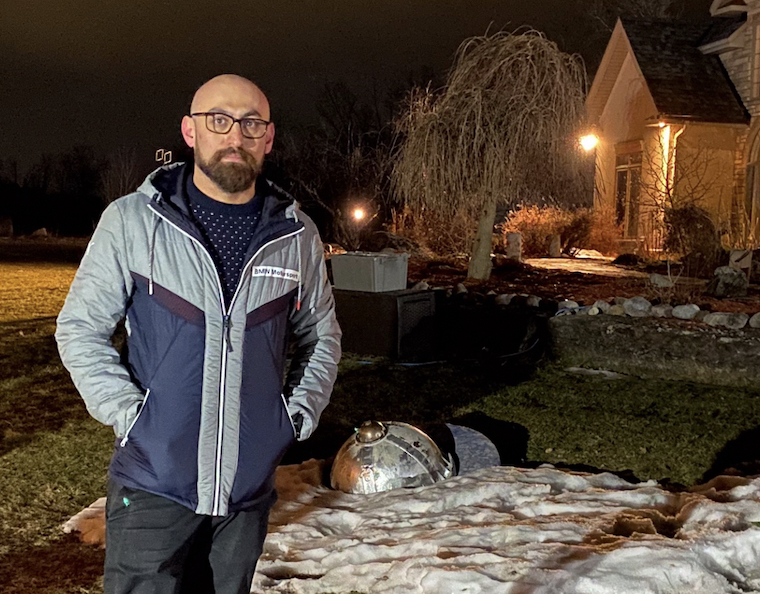
What began as a Zoroastrian ritual thousands of years ago has become a cherished cultural festival for millions. Held on the eve of the last Wednesday before Nowruz, the Persian New Year, Chaharshanbeh Suri symbolizes renewal and the shedding of hardship.
In Iran and across the Persian diaspora — from Afghanistan to Tajikistan and parts of Kurdistan — families leap over fire chanting, “Zardi-ye man az to, sorkhi-ye to az man”—a poetic plea to trade sickness and sorrow for health and vitality.
The ritual is a symbolic cleansing — a farewell to the past year’s hardships and a warm welcome to the promise of spring.
For Shabnam Abtahi, who has lived in Canada for 23 years, the celebration is more than a nostalgic ritual. It’s a chance to pass on heritage.
“My oldest one, Ava, understands more — she’s seven years old,” she said. “I told her why we jumped over the fire and that it’s something we always do on the last Tuesday of the year. But my youngest, Nava, is two and a half. She just loved the jumping part. … She didn’t get the meaning, but they both loved it.”
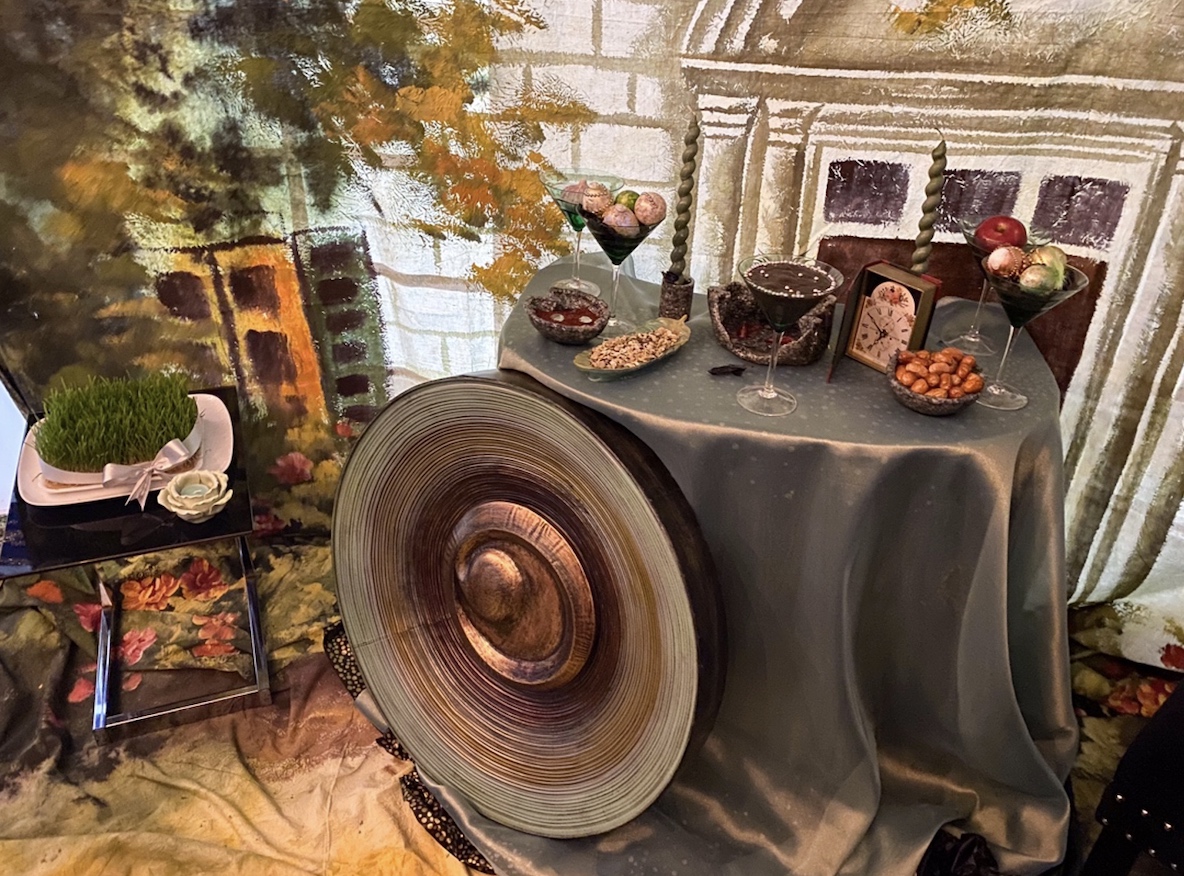
At around 8 p.m., attendees gathered under large tents, where a DJ filled the air with lively Persian beats and dancing broke out spontaneously. Some posed for photos beside the traditional Haft-Seen table, adorned with symbolic items welcoming the new year.
According to Soroush Hanifaei, the event’s host, although the celebration was private, it drew about 135 guests of all ages.
Hanifaei said one of the main reasons for organizing the event was to keep Persian cultural traditions alive — especially for those who’ve been forced to leave everything behind.
A lot of us had to leave our home country, our families, and loved ones to find freedom, better education, and a chance at a better life here. Many of us are struggling with loneliness, anxiety, and depression, and for a lot of us, it’s impossible to go back to Iran. … It was important to make people feel like they’re not alone and that they’re heard by others in the same situation. I think that helps them move forward.
— Soroush Hanifaei, host, Persian spring festival
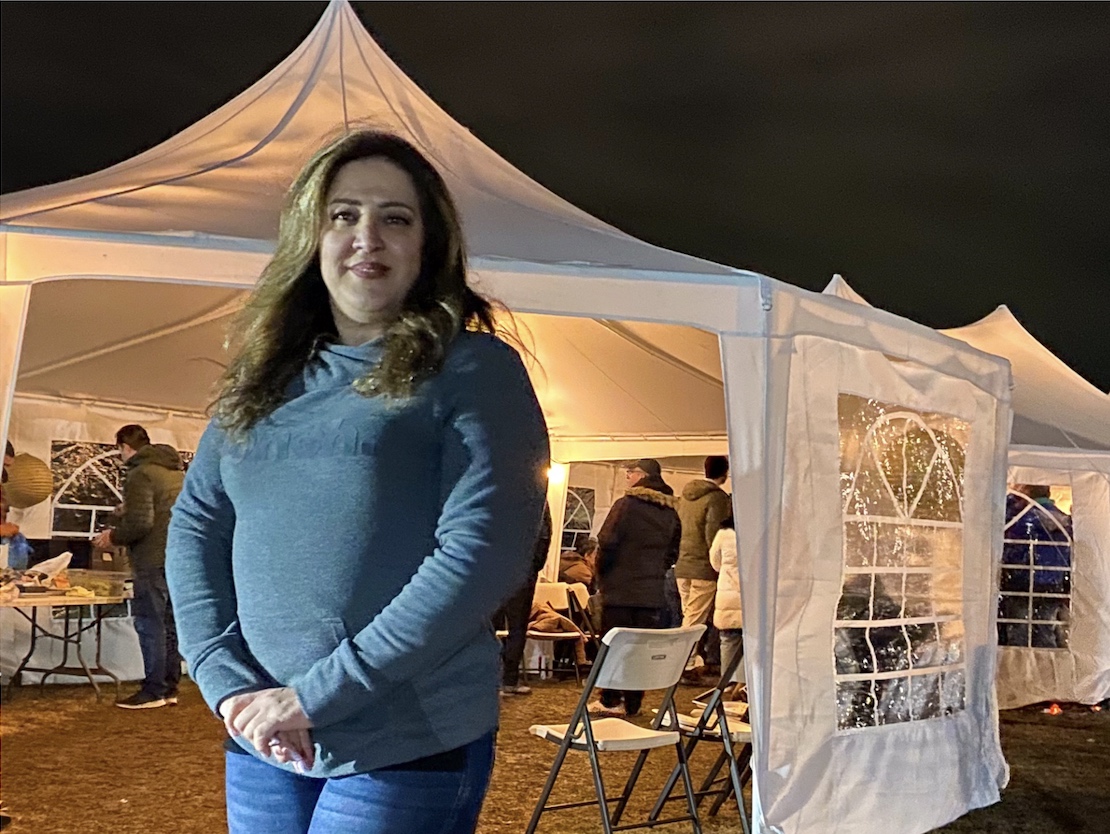
“A lot of us had to leave our home country, our families, and loved ones to find freedom, better education, and a chance at a better life here,” he said. “Many of us are struggling with loneliness, anxiety, and depression, and for a lot of us, it’s impossible to go back to Iran.”
He added that, beyond the celebration, the gathering served a deeper purpose: “It was important to make people feel like they’re not alone and that they’re heard by others in the same situation. I think that helps them move forward.”
Midway through the evening, a fresh pile of wood was lit, and the heart of the celebration came alive. Parents with children, couples hand-in-hand, and individuals on their own took turns leaping over the flames honouring the cherished tradition.
Among them was Haleh Pirvali, a certified interpreter, who reflected on the lasting power of Nowruz. “Nowruz is the one celebration that never fades for most Iranians,” she said. “For me, it means rebirth.”
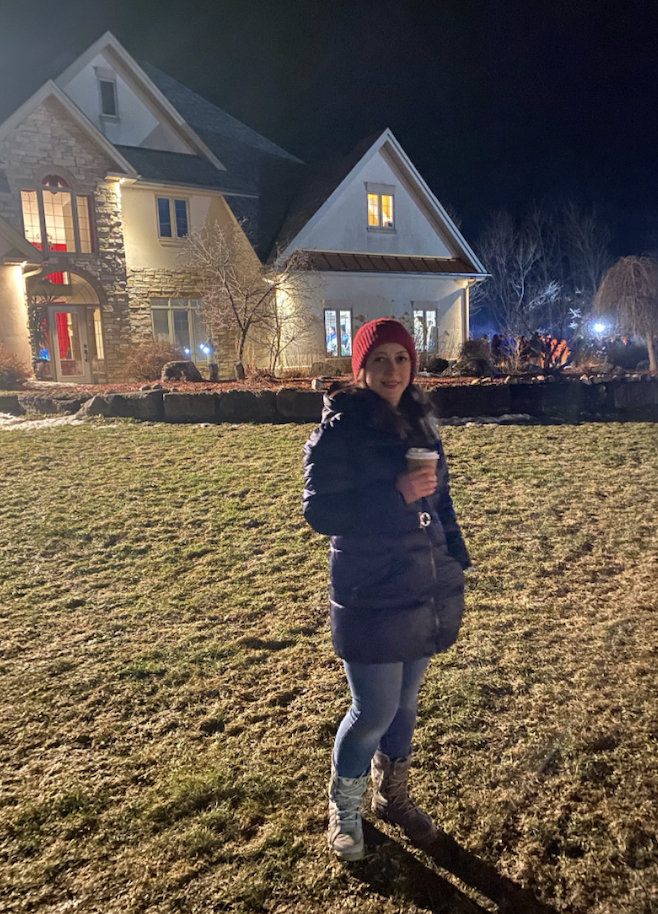
“When we look at Nowruz here, it’s nothing like Iran because, as you see, there’s still plenty of snow on the ground. But in Iran, it’s the time when blossoms start to appear on the trees — it truly feels like spring. The weather begins to warm, everything becomes new, fresh, and clean. People even start deep cleaning their homes. So, all together, it’s a rebirth.”
To wrap up the evening, guests were treated to Persian kebab and a variety of drinks, the smoky aroma of grilled meat mingling with laughter and music as the celebration slowly wound down.
Hanifaei explained that the event was primarily funded through ticket sales, with special discounted rates for youth and students.
Additional support came from an Ottawa-based Iranian organization, helping to bring the community together.
As the final sparks from the bonfires drifted into the night sky, what lingered was more than just the scent of kebab or the glow of the embers — it was the warmth of connection.
In a place far from home, Chaharshanbeh Suri lit up not just the dark of a cold March evening in Canada, but the hearts of those determined to keep their culture alive, one flame at a time.
